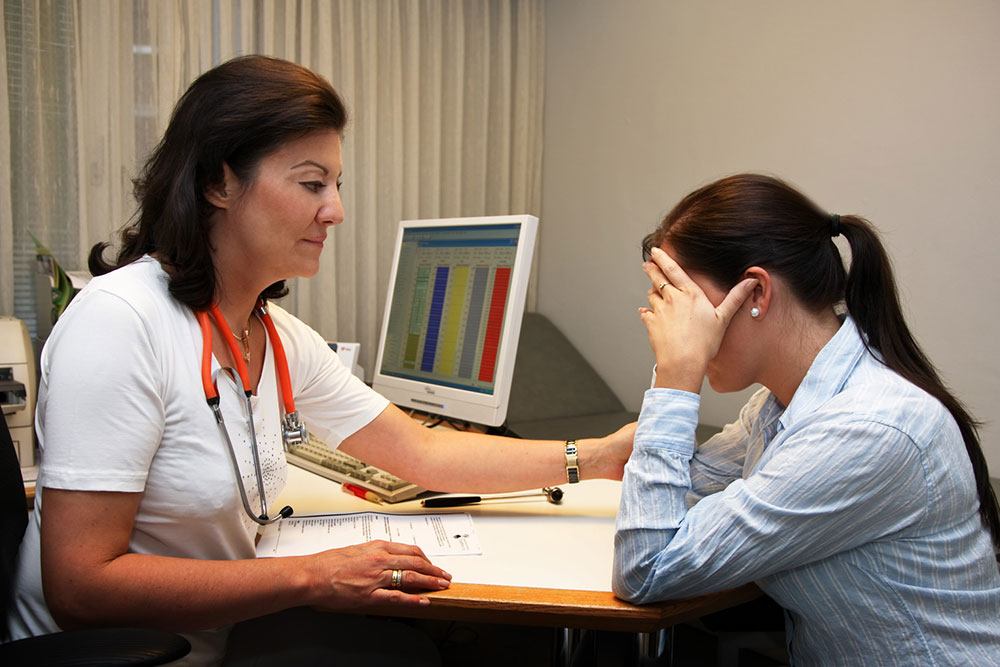Understanding Ovarian Cancer: Causes, Signs, and Treatment Options
This article explores ovarian cancer, detailing its causes, early signs, and available treatments. It emphasizes the importance of early detection and understanding risk factors to improve prognosis. Surgical procedures, chemotherapy, hormone, and radiation therapies are discussed, along with their side effects. The aim is to inform women about ovarian cancer and encourage timely medical intervention to enhance recovery chances and quality of life.

Understanding Ovarian Cancer: Causes, Signs, and Treatment Options
Ovarian cancer occurs when abnormal cells within the ovary grow uncontrollably, forming a tumor. If left untreated, this tumor can metastasize, spreading to other body parts. The ovaries, the female reproductive organs responsible for producing eggs and hormones like estrogen and progesterone, are central to this disease. In 2017, over 22,000 women were diagnosed with ovarian cancer, with nearly 14,000 fatalities reported. Early detection is challenging due to vague symptoms, with only about 20% identified early. Recognizing risk factors and symptoms is crucial for timely intervention.
Risk factors include family history of ovarian or related cancers, obesity, hormone therapy use, or the absence of pregnancy. Most cases occur after menopause, but ovarian cancer can develop regardless of known risks. Symptoms are often subtle and include lower abdomen pain, backache, indigestion, urinary urgency, pain during intercourse, or bowel changes. Advanced stages may present weight loss, nausea, fatigue, or breathing issues.
Surgical options depend on the cancer stage and may include removal of ovaries, fallopian tubes, uterus, and affected lymph nodes. Cytoreductive surgery aims to remove maximum tumor tissue, especially if cancer has spread beyond the pelvis. Chemotherapy employs drugs to target residual cancer cells over multiple cycles, often causing side effects like hair loss, nausea, anemia, mouth sores, diarrhea, and appetite loss. Hormone therapy inhibits estrogen to slow cancer growth but may cause weight gain, headaches, hair thinning, and fatigue.
Radiation therapy is less common, used mainly in early or localized cancer cases, and may lead to mouth sores, nausea, jaw stiffness, swallowing difficulties, tooth decay, and dry mouth. The prognosis depends on cancer stage; early detection improves outcomes. While treatment can be challenging, combining surgery and adjuvant therapies offers hope for many women, helping restore a normal life.










